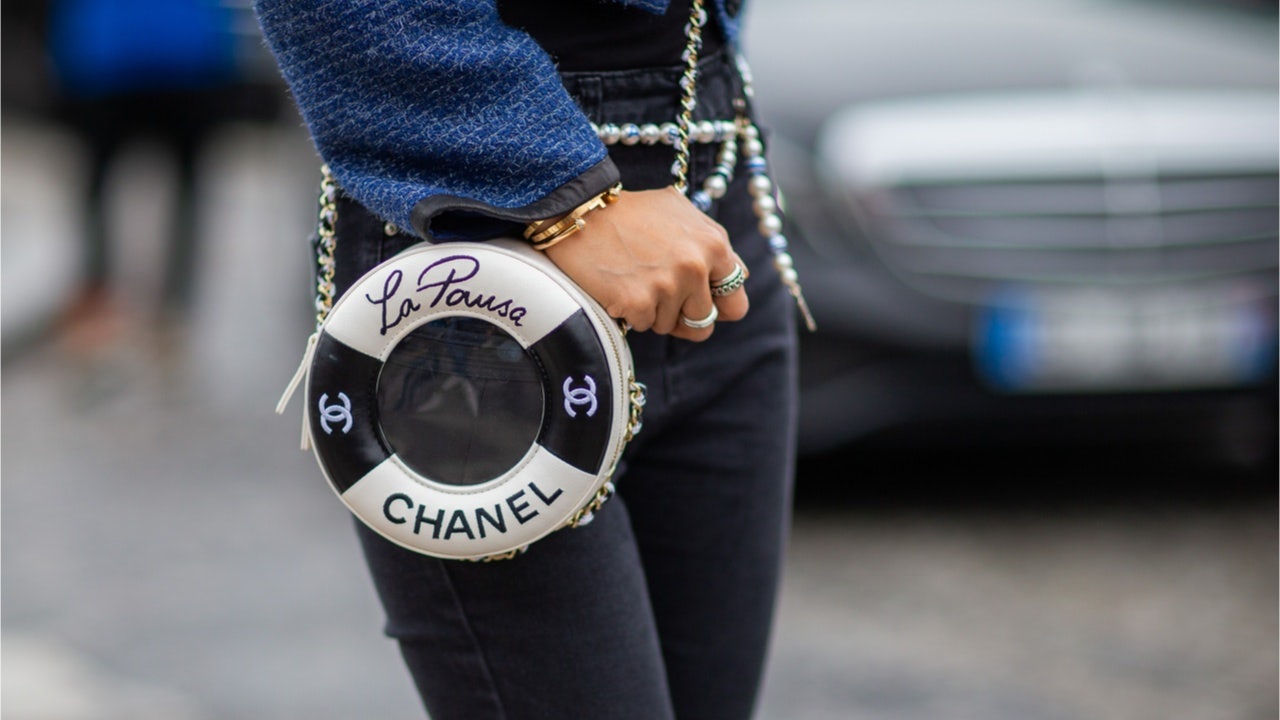For years, the professional media has characterized Chinese consumers as logo crazy, but now it looks as if the rest of the world is beginning to fully embrace logomania, and the return of flashy designs and ostentatious displays of wealth is becoming a global phenomenon.
As the face of luxury’s clientele changes, exclusivity — the quintessential quality of a luxury brand — is being replaced with a more holistic approach. After primarily chasing white, middle-aged, upper-class consumers for centuries, the luxury world finally embraced diversity to help broaden its appeal, paving the way for new successes and consumption patterns. And in today’s hyper-connected information ecosystem, what’s fashionable in China quickly becomes trendy in Milan, London, and Paris. Consequently, Chinese consumers have been converted from trend followers to trendsetters who now dictate many global fashion trends.
But empowering young Chinese consumers has more to do with and China’s reemergence as a dominant global market than with a genuine interest in the country’s culture. As Chinese spending represented 33 percent of the global luxury market in 2018, and “middle-class consumers will represent an estimated 65 percent of all Chinese households by 2027,” according to research conducted by Bain & Company for the World Economic Forum, the luxury world understands that its survival depends on consumer trends in China. Therefore, it produces and promotes fashions that the China market demands, such as the country’s fascination with logos.
Why logos now?#
China’s current logomania has some cultural undertones worth analyzing. After China’s Communist Revolution in 1949, there was an aggressive period of proletarian consciousness-building, and the government strongly discouraged consumerism of any kind. As a result, luxury consumption was considered an embarrassing bourgeois activity that the government penalized. During this time, luxury products disappeared from the market entirely, and the public was forced to embrace a mantra of modesty.
During the Cultural Revolution (1966-1976), Mao Zedong’s Red Guards destroyed The Four Olds (Old Customs, Old Culture, Old Habits, and Old Ideas) and everything that symbolized a cultural or intellectual pursuit — paintings, books, antiquity, decorative pieces, and ceramics — were eradicated as examples of pretentious capitalist society. But in the eighties, China’s economic revolution and the age of “socialism with Chinese characteristics” began. This was defined by a 1986 episode of “60 Minutes,” which included the first major interview Deng Xiaoping would grant to a Western media outlet. In it, he said that “to get rich is no sin. However, what we mean by getting rich is different from what you mean. Wealth in a socialist society belongs to the people.”
The return to conspicuous consumption meant that, once again, shopping could be promoted as a leisure activity, and China’s appetite for luxury goods was no longer obstructed or condemned. In the following years, Western heritage brands such as Christian Dior, Hermès, and Louis Vuitton were purchased in China as “badges of success” and symbols of affluence. In China, the fastest way to communicate wealth and status is through a branded or logoed item, which is why Chinese consumers became smitten with logos. But there’s an additional dimension to China’s logomania that can be understood via the rise of the streetwear culture there.
“Today, logos are clearly back in fashion and at the forefront of a hyper-branded, irony-laden streetwear-driven aesthetic, which is itself a distinct throwback to the heavily-branded ’90s and ’00s,” says Business of Fashion’s Osman Ahmed. Indeed, logomania in China can primarily be linked to the triumph of hip-hop culture and its related streetwear aesthetic. Younger Chinese consumers believe that brands like Supreme and Off-White make logos cool because they remove the elitist connotations, as Gen-Z consumers aren’t focused on communicating wealth through branded merchandise and logos. They prefer to seek out garments that convey a fresh and easygoing identity —one that has inclusive overtones and responds to China’s need to become “a society where individuals respect social norms and aspire to achieve conformity while being assimilated into strong, cohesive social groups.”
Furthermore, China’s logomania is connected to the rise of the middle class and the aspirational class. These groups do believe that ostentatious luxury purchases are the best way to show society that they’ve achieved personal success. Since truly luxurious products for the global aristocracy fall outside their price brackets, these consumers seek out legitimate alternatives, such as smaller luxury items like Chanel umbrellas with the CC logo. Not everyone can purchase haute couture Chanel garments or Martin Margiela vintage designs from a collection curated by Sotheby’s Paris, but most middle-class consumers can afford accessories that have luxury logos plastered all over them.
The final reason for China’s new logomania (and a big one) is that Chinese millennials are nostalgic for their childhood and early teen years, and trends that were popular in the 1980s and 1990s have a significant influence on them. “Logomania became popular again because what’s old is, at some point, always new again,” says Elle Style Director Nikki Ogunnaike to The Daily Beast. Also according to Ogunnaike, “Children of the ‘80s and ‘90s have a soft spot in their hearts for the trend they loved as a kid and are wearing it again as adults.” And while Millennials have been the driving force behind logomania, this trend was also taken on by Generation Z, who gave logos “street cred” and an aura of coolness.
In the upcoming years, Chinese consumers will continue to flaunt luxury logos — regardless of who’s behind the trend or what market considerations fuel it. Consequently, luxury houses will continue to expand their logoed product lines, while Western consumers will also start looking into this new logoed lifestyle.
